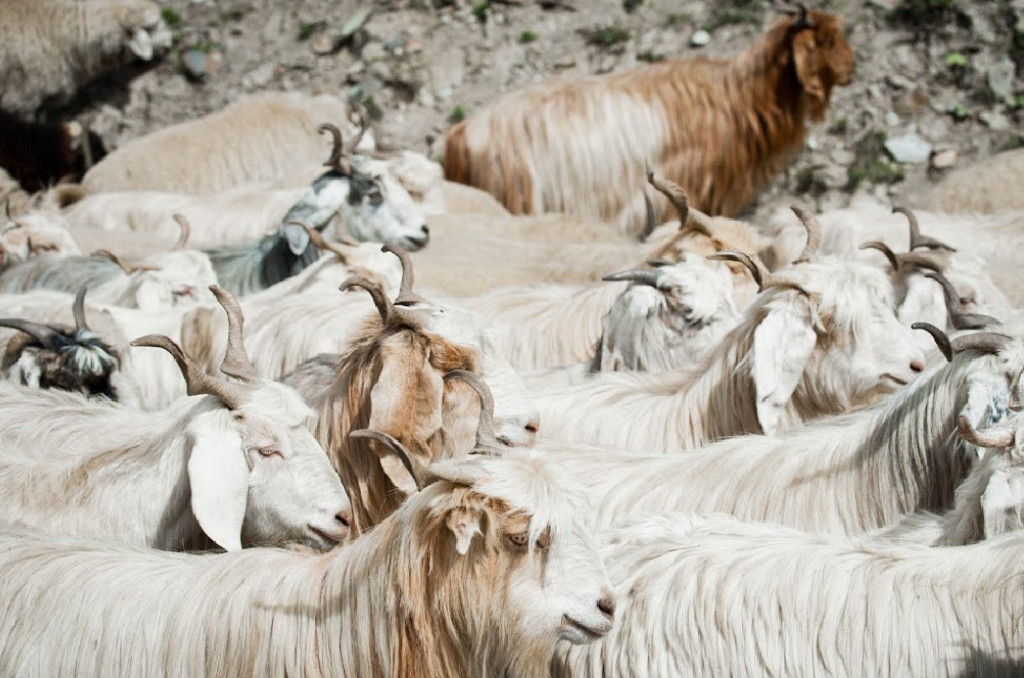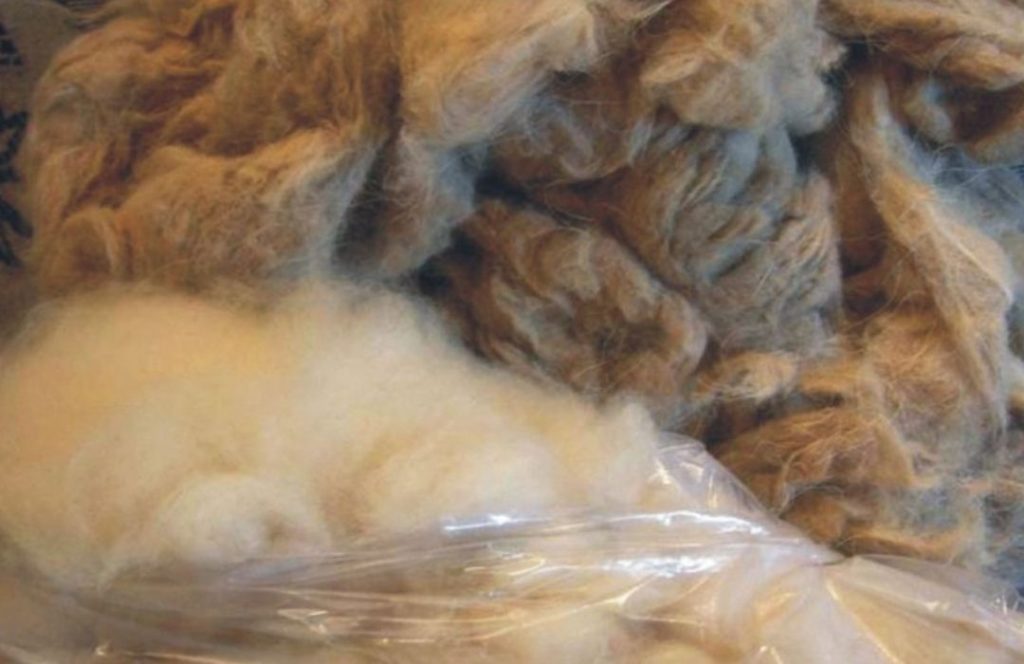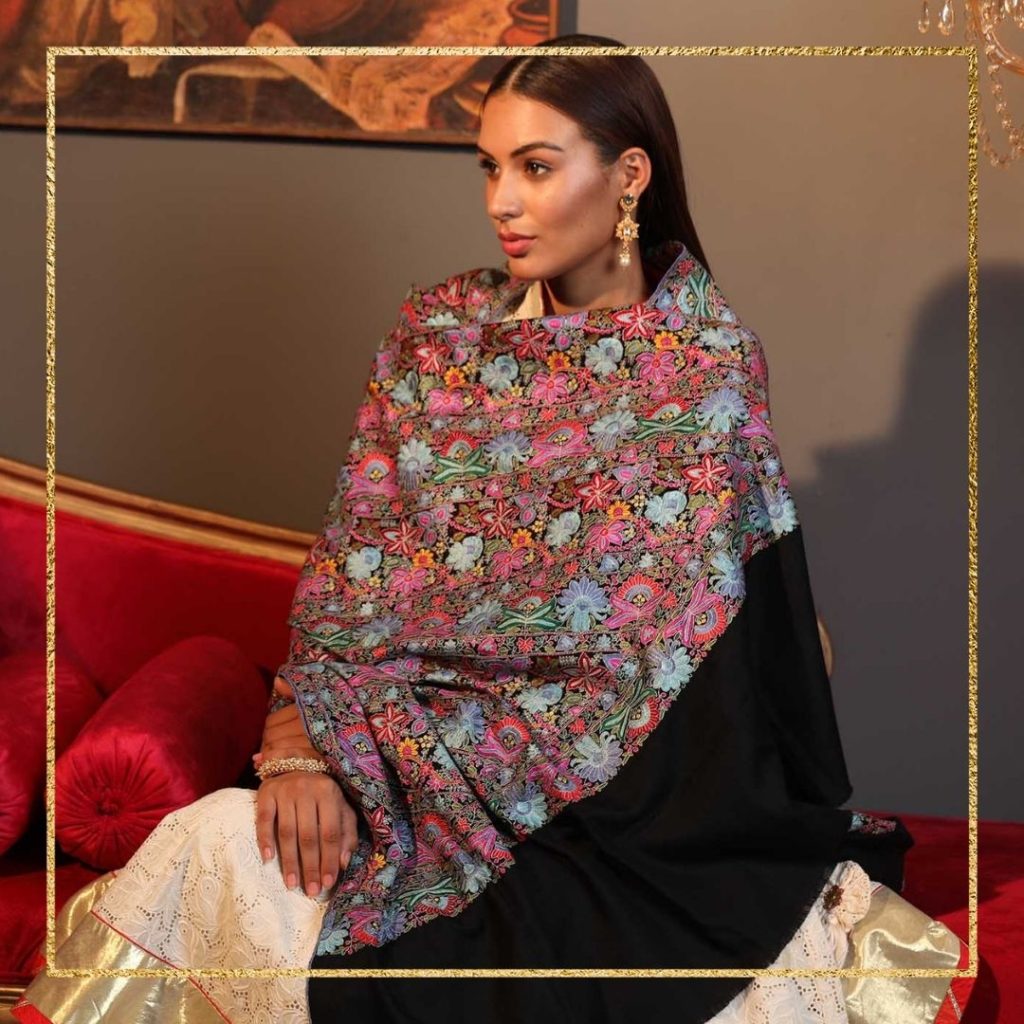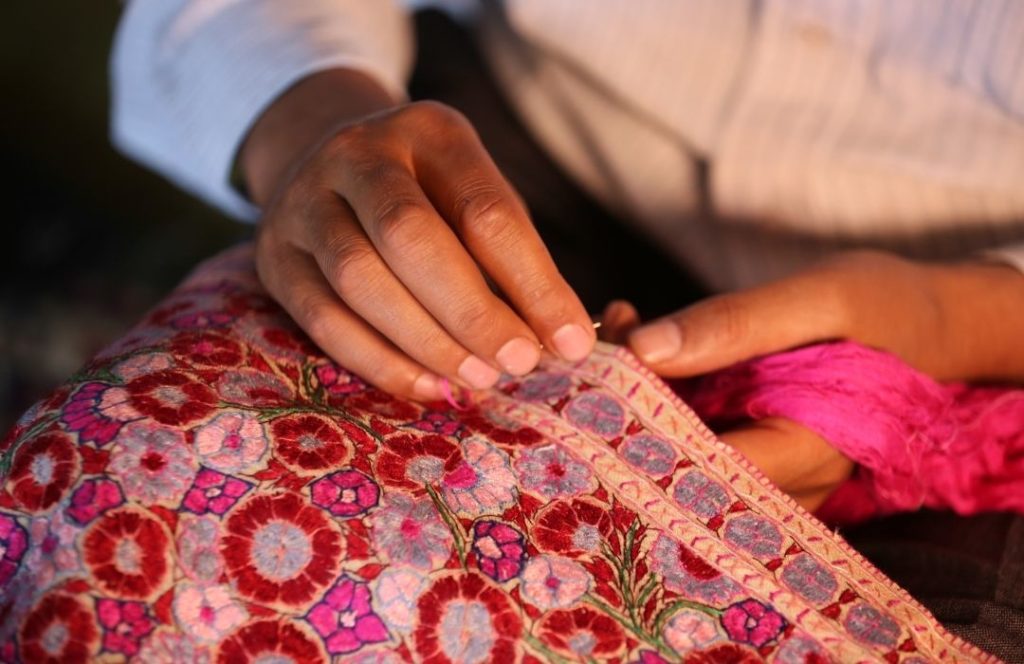In the beauty of unique fashion, the Pashmina Art never ceases to amaze the intricate styles. Beyond the dimensions in the designing process, Pashmina Shawl is everlasting in its glory. There are several styles and designs in the realm of Pashmina Art. Among every beautiful intricacy, there is the dime of Do-rukha Pashmina Shawl. Do-rukha Pashmina Shawl is the bounty of nature showing endless gratitude towards artisans. Do-rukha, which means "two faces" is the mesmerizing style in Pashmina Art.
The elegance of it filled with luxury keeps you warm in the cold season. The finest Cashmere from Ladakh perfects your look in the winters with its accessories of glory. In so many outranking accessories of Pashmina Art, the Do-rukha explicitly define the skill of artisans who the natives of the Kashmir Valley.
Procure the Ladakhi Cashmere
The Changhthanghi mountains are at high altitudes. The temperature goes to minus 20°C in winter. The harsh climate affects all species. Therefore, in response, a rare breed of goats called Changra developed thick wool over their bodies. These goats are medium-sized with two twisted horns. Thus, protecting themselves from the harsh weather. The wool is soft and fine. In the summertime, they shed off the wool to feel fresh in the heat of sunshine. The wool is called fine Cashmere wool. The wool is also manually combed out by the Changpa tribe herders.

There are diverse breeds that produce Cashmere in the world. But the Ladakhi goats produce the finest Cashmere. In addition, Mongolia, China, and Tibet are the largest producers of Cashmere wool. Yet, the Ladakhi Cashmere has the finest grade but its production is quite low due to the rare goats of Changra.
The Ladakhi Cashmere wool is the finest Cashmere wool of all. Although, there is a diverse breed of Goats that produce Cashmere wool. But the Ladakhi Cashmere wool is 12 to 16 microns in diameter. Hence, the finest Cashmere around the world. The production quantity is low in comparison to other breeds because the Changra goats are the rarest. Thus, they are only found in Changhthanghi, Ladakh.
Profuse in the Art of Pashmina

The tufts of Cashmere wool from Changra Goats in Changhthanghi reach the Kashmir Valley in small packets. The art of Pashmina caters to these tufts of Cashmere wool. Therefore, the Cashmere wool is cleaned, soaked, and dried in the sunlight to get the dirt, and grime of any sort apart. Afterward, the Cashmere wool is taken to the households where women folk spin the Cashmere wool into fine yarn. The spinning process is done on the wheel of wool called yinder in the local language. The women spun the Cashmere wool diligently to get the finest Cashmere yarn.
Further, the Cashmere yarn is taken to the local karkhanas/workshops where several handlooms are fixed. These handlooms are made of forest wood. The highly skilled artisans work upon the handlooms using their hands and feet in coordination with the process. The process of weaving is to use Cashmere yarn to create warps and wefts. Thus, producing a whole fine Cashmere fabric.
Do-rukha Style in Pashmina Art

Reversible Pashmina is one of the designs about the intricate weaving by skilled artisans. It is also called do-rukha. Thus, the Reversible Pashmina Shawls are breathtakingly intricate. In the Reversible Pashmina Shawl, the weaving is done in such a way that the look on one side reflects on the other side of the Pashmina Shawl. Also, embroidery is done on one side but the technique is so skilled that it looks identical on both sides. They show the journey of the skill of artisans and the heritage of Kashmir Valley. The beauty of each masterpiece is defined in the cultural aura of Kashmir Valley. From procurement from Ladakh to the crafting in Kashmir Valley, the marvelous crafting enthralls.
Reversible Pashmina Shawls are versatile in their being. The artisans work day and night on the handloom to get the perfect weave. The unique definition of art is in the intricacy of Reversible Pashmina Shawls.
Also read: WHY IS PASHMINA SHAWL ON HIGH DEMAND?
Defining the origin of Pashmina
The life of the finest Cashmere dates back to the 13th century. A sage from the Middle East, Mir Syed Ali Shah Hamdani started his journey with 700 craftsmen towards Kashmir. On his journey to Kashmir, he encountered the rare goats of Ladakh. He was enthralled by the fine wool on their bodies. He combed some out of them and made socks. The fine socks were warm and Pure. He gifted them to the ruler of Kashmir, Zain-ul-Abideen. In addition, he suggested making a local industry to curate the fine wool. His 700 craftsmen taught the people of Kashmir several skills. The skills proved to be the main requisite of curating the finest Cashmere. Thus, the art of Pashmina came into existence. The high skill prevails in the valley till now. It has been incorporated into the heritage of Kashmir Valley.
Collection of Pashmina Art

We, at pashmina.com surpass the bounty of nature and reflect it in the rhymes of Pashmina Art. We cater to the most authentic Cashmere wool directly obtained from the tribes of Changpa of Changthangh. Also, the finest Pashmina Shawls, in the form of several styles are explicitly curated. We, confer to the premium quality Cashmere scarves, Cashmere Wraps, and Pashmina Shawls in a unique way.
Also read: WHAT IS THE BEST CASHMERE YARN?